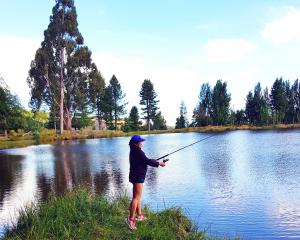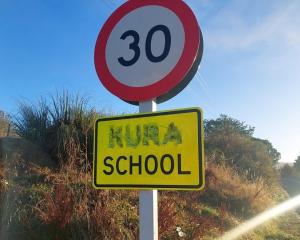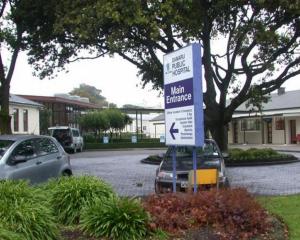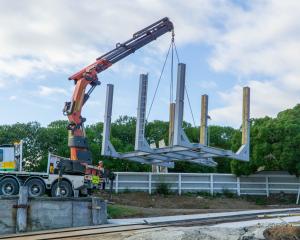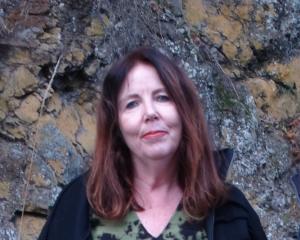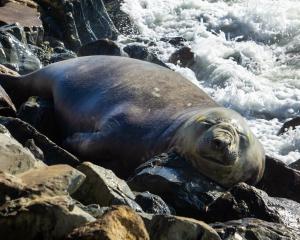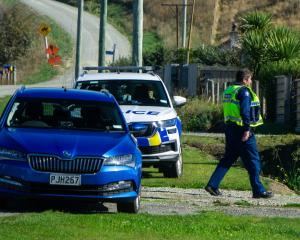Community rivers are not industrial sewers, Otago regional councillor Bryan Scott says.
He believes Kakanui irrigators and the community have a clear responsibility to wake up to the water quality problems the district has.
His comments came as the council's natural resources committee discussed a report on water quality in the Kakanui catchment at a meeting yesterday.
The report on a 10-month water sampling programme revealed water quality parameters had deteriorated in recent years, with many waterways exceeding nationally recognised guidelines for nutrients such as nitrogen and phosphorous and limits for bacteria such as E. coli.
There were concerns that if the trends were left unchecked, they would lead to nitrate accumulation in the Kakanui aquifer.
Also, the high nutrient concentrations from the lower Kakanui River and Waiareka Creek could stimulate the increase of algae in the Kakanui estuary.
The likely contributors were the intensification of land use in recent years, including more dairy farming and insufficient effluent storage.
Cr Scott said media reports indicated irrigators were under the "false illusion" water quality in their streams was good.
"Quite simply it's not, and it's going to get worse. Quite obviously there is a fundamental disconnect between farm practice and water quality."
He believed they had a clear responsibility to "face up" to the problem.
"These are not industrial sewers; they're community rivers."
Chairman Stephen Woodhead said it did not suggest there was a "disconnect" as everyone understood intensive land use had an impact on water quality.
Environmental information and science director John Threlfall said the Waiareka Creek looked better now than it did five years ago because it had more water in it.
"It's all about perception. It used to be slow and sluggish. It may look better, but [it] needs more work."
Cr Doug Brown, who farms in the area, said the report had big implications for not only the Kakanui but for any catchment considering irrigation schemes.
Cr Trevor Kempton said the Kakanui's problems were no different than in any other Otago catchment affected by intensification, but were complicated by the the area's soil types and aquifer.
Dr Threlfall said the North Otago Irrigation Company and the council were looking at ways to improve best practice and were working with AgResearch.
"This report gives us baseline data so we can prioritise future work programmes and the local community as a whole seems to want to improve things."
• Crs Duncan Butcher and David Shepherd (6A water plan change hearing panel members) left for the discussion.
Kakanui catchment
- 894sq km
- Main tributaries: Kakanui River, Island Stream, Waiareka Creek.
- Lower reaches dominated by sheep, beef, deer, cropping farming.
- Dairy rose 180% on recently irrigated land area.
- Higher reaches mostly native or plantation forestry or pasture for sheep, beef or deer.


